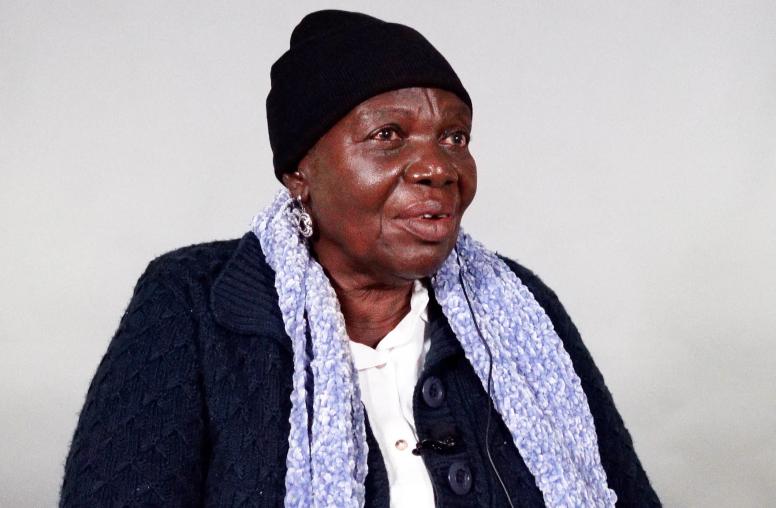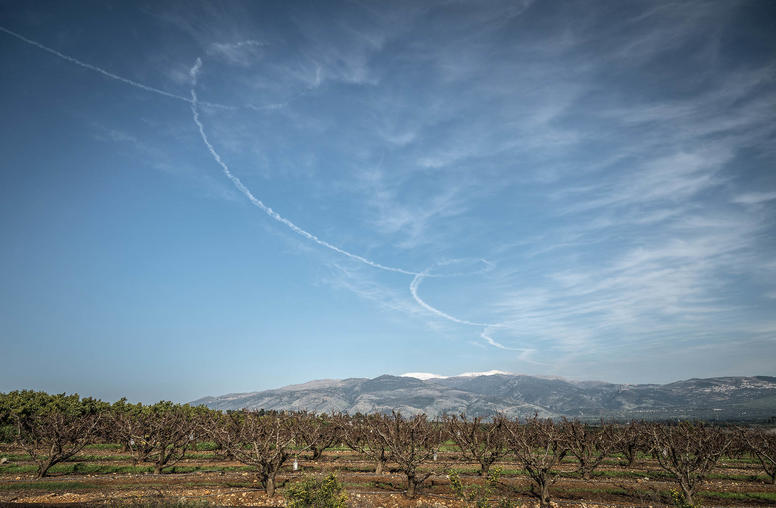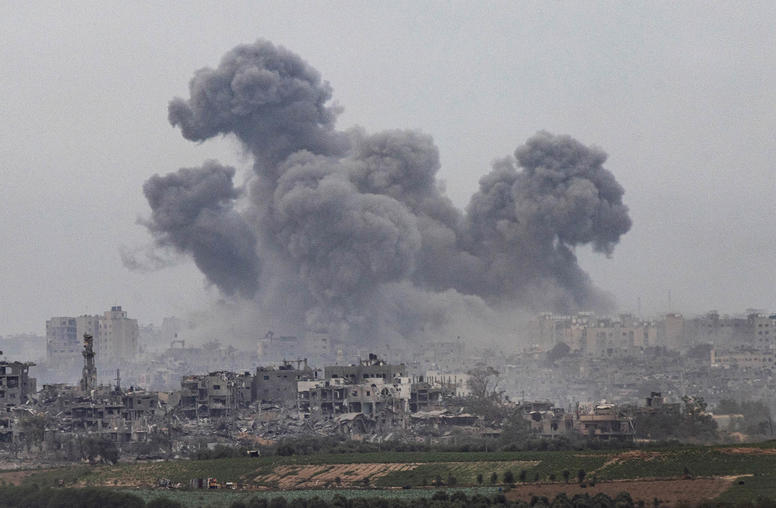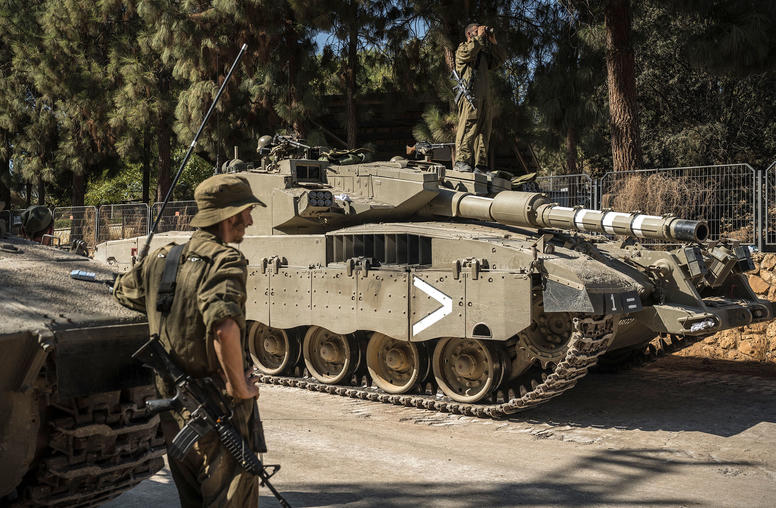USIP Series on Sectarianism in the Middle East
Over the past decade, sectarian identities have become increasingly important as a source of inter-state and inter-communal tension, regional rivalries, and violent conflicts across the Middle East.

Sectarian polarization both within and between states has intensified: sectarian fault lines have deepened. These trends have troubling implications for the stability and security of the region, evident most visibly in the sectarianization of the Syrian conflict, the effects of the conflict on the escalation of sectarian violence in Lebanon and Iraq, and its role in sharpening sectarian tensions between Sunni majority regimes in the Arab Gulf and the Shia majority regime in Iran.
To inform public understanding of emerging sectarian dynamics, the U.S. Institute of Peace (USIP) commissioned leading specialists to write a series of Peace Briefs. The Briefs provide critical insight into the forces driving sectarian tensions and polarization and how these trends are transforming the political and social landscapes of the Middle East. They highlight the complexities of sectarian politics, and offer perspectives that are both fresh and provocative.
Fanar Haddad argues, for example, that the U.S. invasion of Iraq in 2003 has emerged as a central factor in the transformation of sectarian identities in the Middle East, fueling a resurgence of sectarian tensions and conflicts in the region. The Iraq war shifted the communal balance of power within Iraq, provided Iran with an opening to project its influence deep into the Arab Levant—deepening Iran’s ties to the Assad regime in Syria and Hezbollah in Lebanon—and heightened perceptions of vulnerability among the Sunni-led regimes of the Arab Gulf. It also contributed to the emergence of newly religious and more rigidly defined conceptions of sectarian identity among both Sunnis and Shia for whom the links between religious observance and sectarian identity was previously much less explicit.
The invasion thus spurred the sectarianization of regional balance of power politics even as it gave new force to unresolved sectarian grievances in a number of states: in Syria, where a minority Alawite regime governed a majority Sunni population; in Lebanon, where the Shia political movement, Hezbollah, became a dominant power broker within a fragile political system organization along confessional lines; in Saudi Arabia, where a small Shia minority mobilized to advocate for greater communal rights and autonomy; in Yemen, where an insurgency among a small, heterodox Shia community, the Houthi, gained momentum in the country’s northwest provinces bordering Saudi Arabia; and in Bahrain, where a minority Sunni ruling family struggled to contain demands for equality from the Shia majority.
The Arab uprisings that began in early 2011 amplified and accelerated these trends. In Bahrain and Syria, peaceful mass protest movements provoked harsh government repression that brought Bahrain’s Arab Spring to a close, but sparked escalating violence in Syria that grew to become a full-fledged civil war. Today, Syria’s conflict threatens the underlying stability of the state order in the Levant, as it drags both Lebanon and Iraq into renewed sectarian conflict.
Three of the Briefs focus on the sectarianization of the Syrian conflict and its implications for Lebanon. Thomas Pierret rejects the view that sectarian polarization in Syria’s civil war is the result of interventions by regional actors cynically exploiting internal divisions for their own ends. Instead, he argues, it is the result of deepening sectarian polarization among Syrians themselves during the course of its current conflict, leading regional powers to intervene along sectarian lines despite their reluctance to do so, and despite their recognition that polarization carries significant risks for their own security.
Joseph Bahout explores the impact of the Syrian conflict on the sectarian balance of power politics in Lebanon. He argues that sectarian polarization and the erosion of the understandings codified in the Taif Agreement of 1990 that ended the Lebanese civil war predate the Syrian conflict, but have been intensified and accelerated as Syria’s violence escalated and Hezbollah became a direct participant in the conflict, drawing Lebanon closer to the brink of civil war. In contrast to those who argue that the self-interest of Lebanon’s major sectarian blocs in preserving the Taif understandings will keep Lebanon from crossing the brink, Bahout suggests that the self-correcting mechanisms that have kept Lebanon from tipping into conflict are themselves now so badly frayed that a collapse into war has become more likely.
Melani Cammet affirms these trends at the intra-communal level, finding ample reasons for concern about the sustainability of semi-peace in Lebanon in the growing fragmentation that is occurring within the country’s Sunni community. This trend, she argues, has created incentives among contending Sunni factions to use strategies of sectarian polarization to generate support—strategies that increase the likelihood of violence between Sunni groups and groups representing other sectarian communities.
Frederic Wehrey makes the case that Gulf regimes have exploited the sectarianization of the Syrian conflict to advance instrumental, interest-based agendas. Sectarian polarization and the rise of Iranian influence have been presented by Gulf Arab governments to undertake policies that have had a range of troubling effects. As Wehrey argues, regime strategies are fueling rather than mitigating sectarian radicalization and polarization, eroding inter-communal ties, and increasing the likelihood that current sectarian tensions will continue to escalate, increasing the risks of long-term instability in the Arab Gulf. Even if Gulf Arab regimes are exploiting sectarian policies and rhetoric, they are contributing to processes of sectarian polarization that will have enduring effects on regional stability.
Collectively, these Peace Briefs underscore how the transformation of sectarian identities over the past decade has given rise to an increasingly polarized and conflict-pone regional security landscape, eroded the inter-communal mechanisms that have mitigated inter-sectarian violence, and created a regional security landscape that is prone to sectarian violence, conducive to sectarian radicalization, and more deeply and intractably divided than in the past. These trends—in part an unintended effect of the U.S. invasion of Iraq—pose significant challenges to peace and stability for the peoples of the region, as well as for the U.S. and other external actors with an interest in preventing the spread of sectarian violence in the Arab east.



